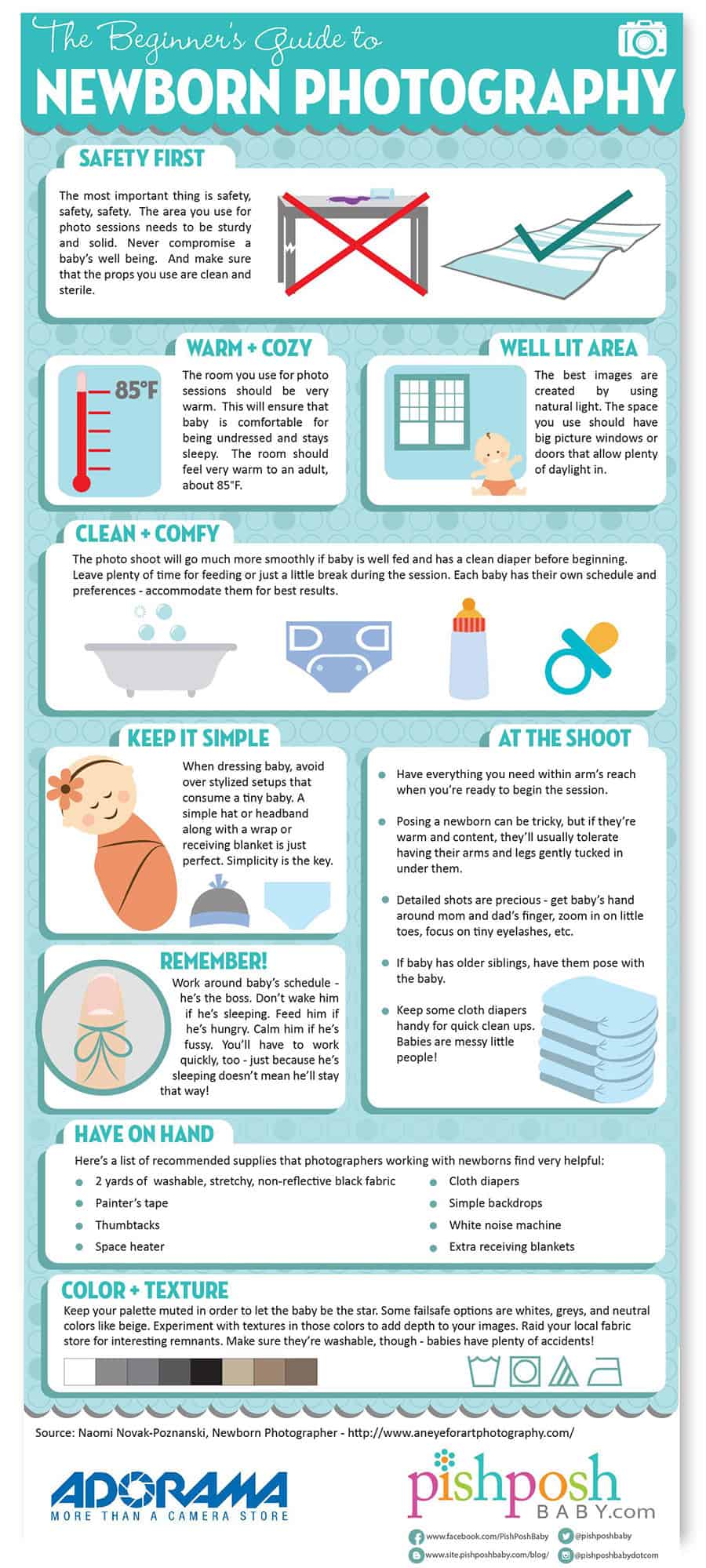Join Us To Discover Vital Photography Suggestions That Will Certainly Unlock Your Electronic Camera'S Potential-- Prepare To Record Stunning Pictures Quickly!
Join Us To Discover Vital Photography Suggestions That Will Certainly Unlock Your Electronic Camera'S Potential-- Prepare To Record Stunning Pictures Quickly!
Blog Article
Article Writer-Whitley Turan
When you first get your camera, it can feel overwhelming with all the settings and alternatives readily available. You might find yourself asking yourself just how to navigate aperture, shutter speed, and ISO effectively. Mastering these principles is vital, yet there's more to photography than just technical knowledge. Understanding make-up techniques and lighting conditions can boost your pictures dramatically. So, what happens if you could learn basic approaches to enhance your skills and start recording impressive photos quicker than you assume? Allow's explore just how to transform your digital photography trip.
Recognizing Camera Setups
Understanding your camera settings is vital for recording stunning photos. When you get your camera, acquaint on your own with the 3 main setups: aperture, shutter speed, and ISO. Each plays a crucial duty in exactly how your photos end up.
Start with aperture, which manages the quantity of light entering the lens. A wider aperture (reduced f-number) allows much more light and creates a beautiful background blur, ideal for portraits. On the other hand, a narrower aperture (higher f-number) keeps more of the scene in focus, perfect for landscapes.
Next, focus on shutter rate. This setting figures out how much time your cam's sensor is revealed to light. A rapid shutter rate freezes activity, which is fantastic for action shots, while a slow shutter rate can produce magnificent effects like smooth water in landscapes.
Lastly, adjust your ISO. This setting impacts your cam's level of sensitivity to light. A greater ISO serves in low-light circumstances yet can introduce noise or grain. Go for the lowest ISO feasible while still accomplishing appropriate direct exposure.
Structure Methods
When you're out shooting, make-up can make all the distinction in how your photos reverberate with visitors. Begin by utilizing the rule of thirds; picture your frame divided into 9 equivalent areas with 2 horizontal and two vertical lines. Setting crucial elements along these lines or at their junctions to develop equilibrium and rate of interest.
Next off, think about leading lines. These natural lines in your scene, like roads or rivers, attract the viewer's eye right into the photo, assisting them with the story you're informing.
Do not ignore framing; usage components within your scene, like trees or home windows, to create a structure around your subject, adding deepness and focus.
Additionally, keep an eye on your background. A messy background can sidetrack from your main subject, while a straightforward one assists it attract attention.
Lastly, try out symmetry and patterns; they can create a striking picture that catches attention.
Learning Illumination Conditions
Understanding lights conditions is vital for recording spectacular pictures, as the ideal light can change a common scene into something remarkable.
Start by observing natural light at various times of the day. https://postheaven.net/delmer17glenn/necessary-digital-photography-equipment-what-you-truly-need-to-get-going and late afternoons offer the very best light, called the gold hour. The soft, warm tones throughout these times can enhance your photos beautifully.
Do not avoid overcast days either; diffused light can reduce harsh shadows and create a pleasing result, particularly for portraits.
Try out backlighting by positioning your topic versus the light source. This strategy can develop a wonderful halo effect and include depth to your pictures.
Focus on your video camera settings as well. Adjust the ISO, aperture, and shutter speed to fit the lighting problems. A higher ISO can aid in low light, but beware of grain.
Utilize https://www.smithsonianmag.com/smithsonian-institution/wildlife-photographer-frans-lanting-difference-taking-pictures-making-photographs-180955551/ in darker environments to stay clear of blur.
Lastly, don't fail to remember artificial lights. Flash and constant lights can be excellent devices for controlling light in tough problems.
Conclusion
In conclusion, mastering your electronic camera does not need to be overwhelming. By recognizing your settings, using composition strategies, and harnessing the power of all-natural light, you'll rapidly boost your photography abilities. Bear in mind, practice makes best, so get out there and experiment with your newfound knowledge. With time and devotion, you'll be recording stunning pictures that reflect your special perspective. Delight in the journey, and don't forget to have fun while you go to it!
